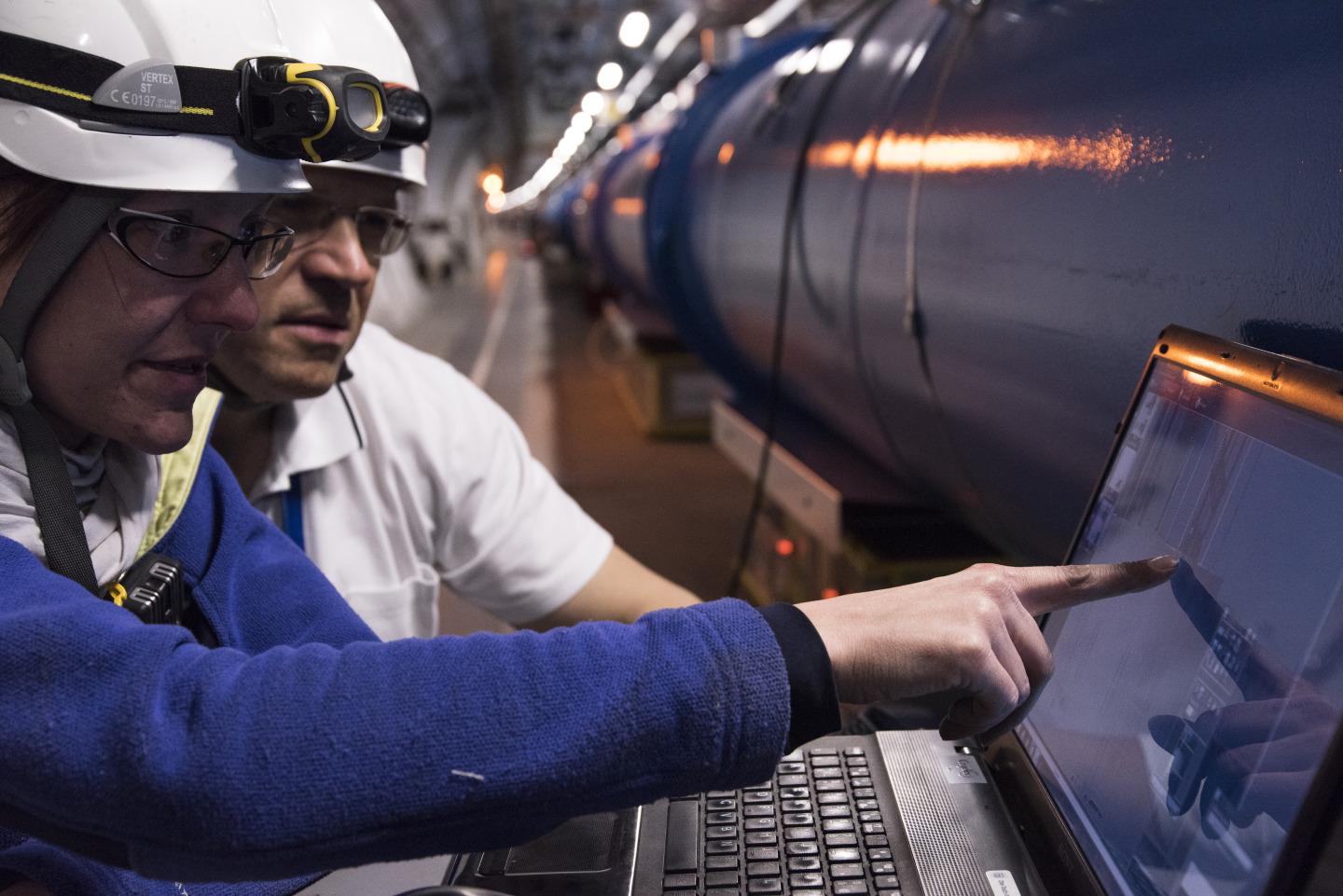CERN’s unique know-how derived from years of designing, installing and operating systems to monitor level of radiations.
CERN's Know-How
- High level of radiation across LHC equipment, experiments requiring high level of security and safety
- Development and operation of radiation monitoring systems, designed to operate in high magnetic fields
- Vast experience with simulation, testing and qualification of the impact of radiation on materials and electronic devices
Facts & Figures
- 11000: number of personal dosimeters
- 100 M: measurements per day
- 4 T: magnetic field tolerant
- 50 km: of radiation areas
Value Proposition
Read more about Radiation Protection and Monitoring here.
Key Competences
High-energy reference field
The CERN-EU high-energy Reference Field (CERF) facility, in the SPS North Experimental Area, is a workplace radiation facility providing reference neutron fields for testing, intercomparing and calibrating passive dosimeters and active instruments used at particle accelerators, on-board aircrafts and in space.
Calibration laboratory
The CERN radiation protection laboratory (CALLAB) is a state-of-the- art calibration facility designed according to the requirements of ISO 17025 standard. CALLAB consists of two irradiation rooms (named CC60 and main calibration hall, respectively), office space, storage and control rooms.
Key Applications
Simulation software for radioactive materials
Simulation software used to evaluate activation levels of radioactive materials and reduce the cost and time necessary to manage nuclear waste while fulfilling safety and regulatory requirements. Allows to decide on materials to use, based on their the activation potential.
SCADA system for measuring radiation impact
REMUS is a Supervision, Control and Data Acquisition system (SCADA), able to monitor and control organisations’ impact on their environment. REMUS took advantage of more than 30 years of experience providing safety systems to CERN.
Portable radiation survey meter
When close to a magnetic field, existing radiation survey meters have difficulties delivering reliable radiation measures. This can be a safety hazard for radiation measurements to assess threats. This portable B-RAD device is designed to accurately measure radiation despite the presence of magnetic fields. It is commercially available.
Radon Dose Monitor (RaDoM)
RaDoM is a radon monitor device that provides both a measurement of the radon concentration in air, and adirect estimate of the effective dose. RaDoM has the purpose of monitoring the radon gas, that is currently the second cause of lung cancer deaths, after smoking. Radon is a radioactive, colourless and odourless gas that poses a risk to health when it accumulates in buildings.
Robust, long distance sensors
Radiation, temperature, humidity and strain sensors are important to monitor challenging environments, such as those in the LHC. Conventional fibre optic systems are discretely distributed and not radiation hard. CERN’s distributed optical fibre know-how can help create cost-effective, long distance, robust monitoring systems.

